Tags are not available
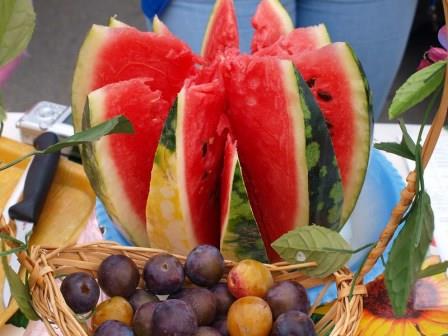
The small city of Kamyshin located 180 kilometers north of Volgograd has been considered to be the watermelon capital of Russia for a long time. In 2015 this status was officially registered. According to the legend, in 1722 Peter the Great visited the town and was so impressed by local waterlemons that ordered to make fireworks.
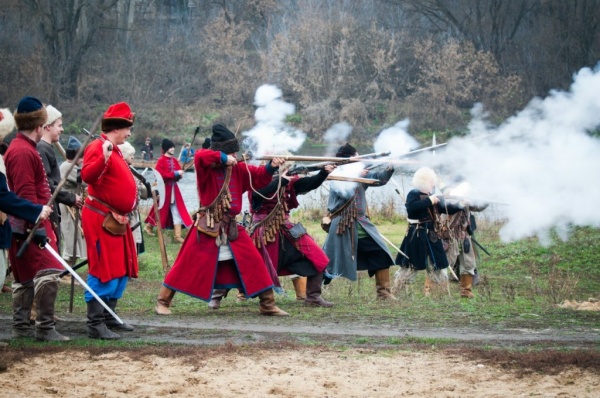
n recent years, the “Kazachya Zastava (Cossack gates)” International Festival of Military Historical Reconstruction is held on the bank of the Medveditsa river in Danilovskiy district of the Volgograd region. During the festival, the village of Kamenny Buyerak is get back to the 17th century.
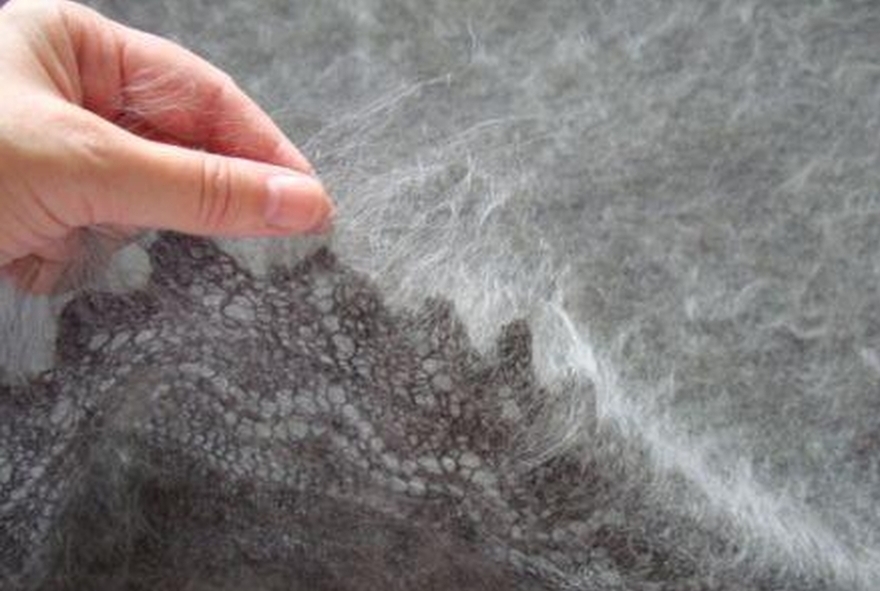
The Russian town of Uryupinsk is one of the tourist centers of the Volgograd region. The town is known not only for humorous folklore but as a capital of Russian province. It is also famous for its knitted products made of goat down.
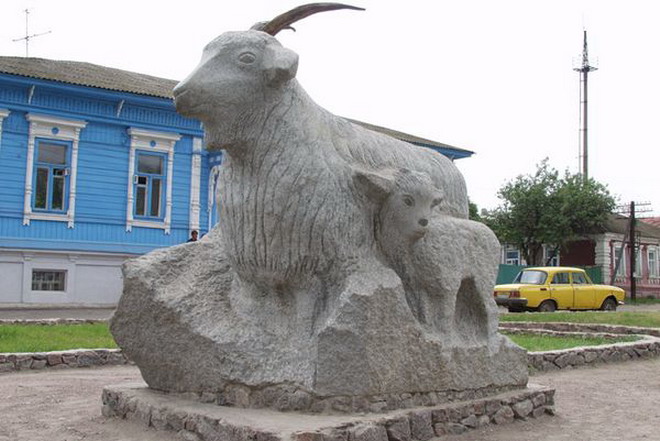
The ancient town of Uryupinsk known as the capital of the Russian province is placed in one of the most picturesque corners of the Volgograd region. The small town has its own symbol that is considered to be the only Russian monument to a goat which was opened on the main street of Uryupinsk in September 2000.
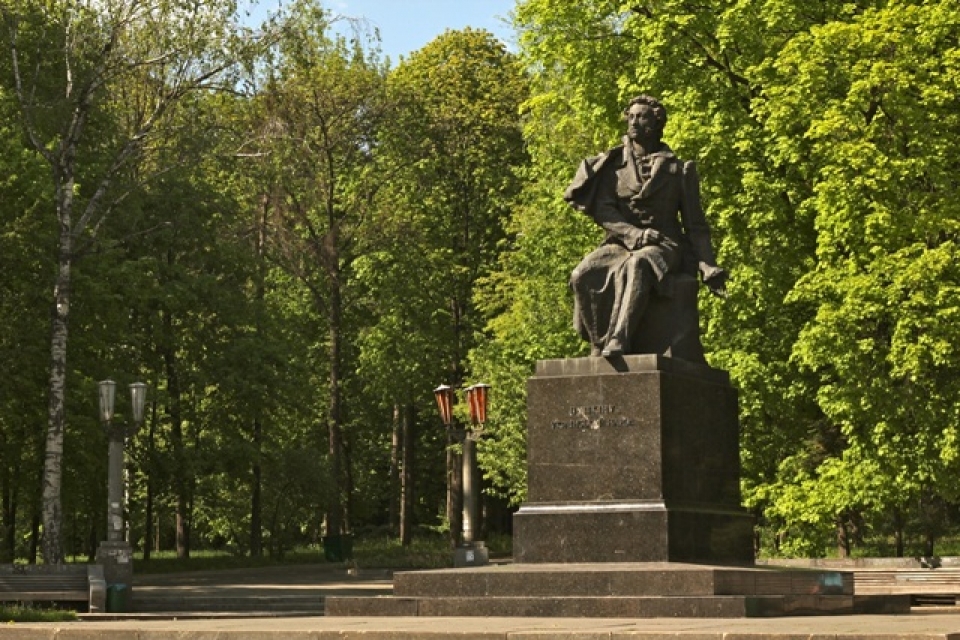
The Pushkin Park-Museum of Russian Fairytale, located in the village of Kirovets, not far from Volzhskiy city, is one of numerous tourist attractions of the Volgograd region. The museum was opened several years ago, but during the short period of time it has become the favorite place for active family leisure.
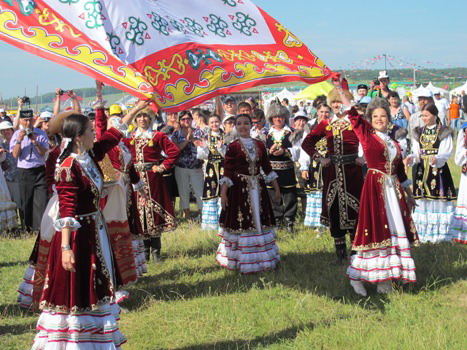
If you wish to plunge into the Tartar ethno-folklore word, full of songs, colours and religious motives, you ought to attend the Sabantuy Festival, held in Malyye Chapurniki of Svetloyarskiy district, the Volgograd region. Sabantuy is on the UNESCO Masterpieces of the Oral and Intangible Heritage of Humanity List. It is no surprise that Sabantuy is held in Malyye Chapurniki, as the majority of its population (98%) are Tatars. During the festival every street of the town is full of the Tartar ethnic flavor.

The Volzhskie Prostory Art Song Festival-Contest is traditionally held in early September in the Shcherbakovskiy Nature Park, one of the most beautiful places of the Volgograd region. Festival contestants have a chance to try their hand and show their creativity in one of several nominations covering a broad spectrum of artistic preferences.
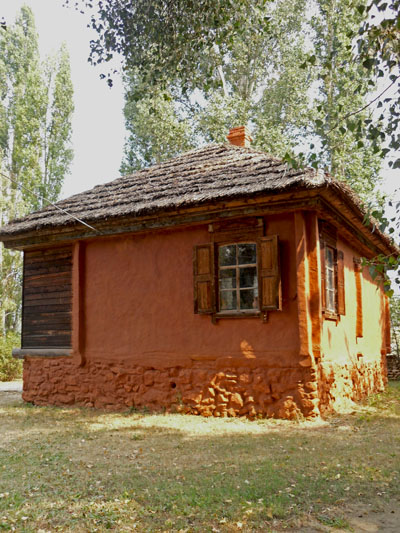
The Ethnographic Museum of Don Cossacks’ Folk Architecture and Life is located on the picturesque bank of the Ilovlya River. The museum is a Сossack house and yard of the late 19th - early 20th century. Here, you can see a kuren (Cossack house) with pekarka (a summer cookhouse), a workshop and household buildings surrounded by trees.